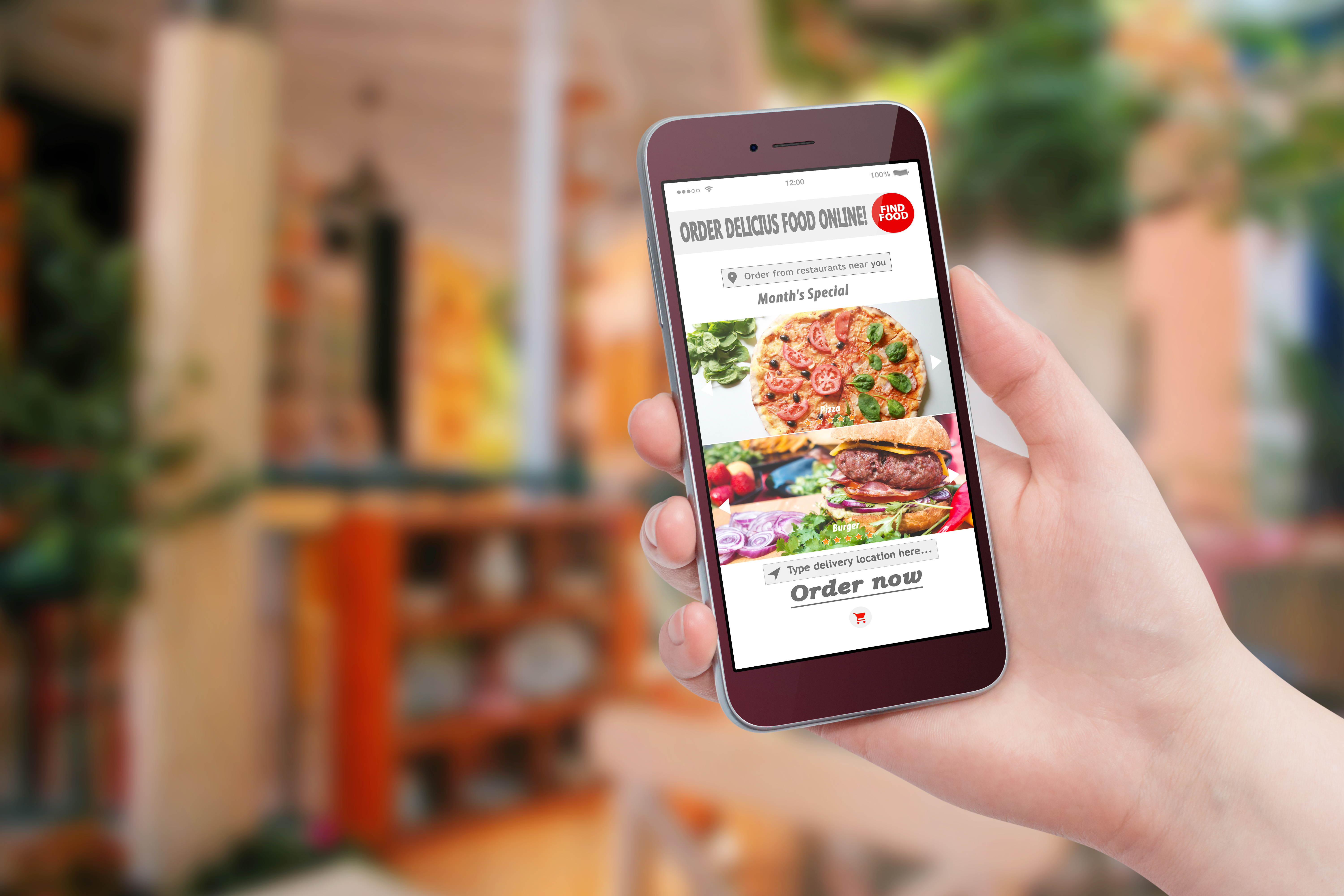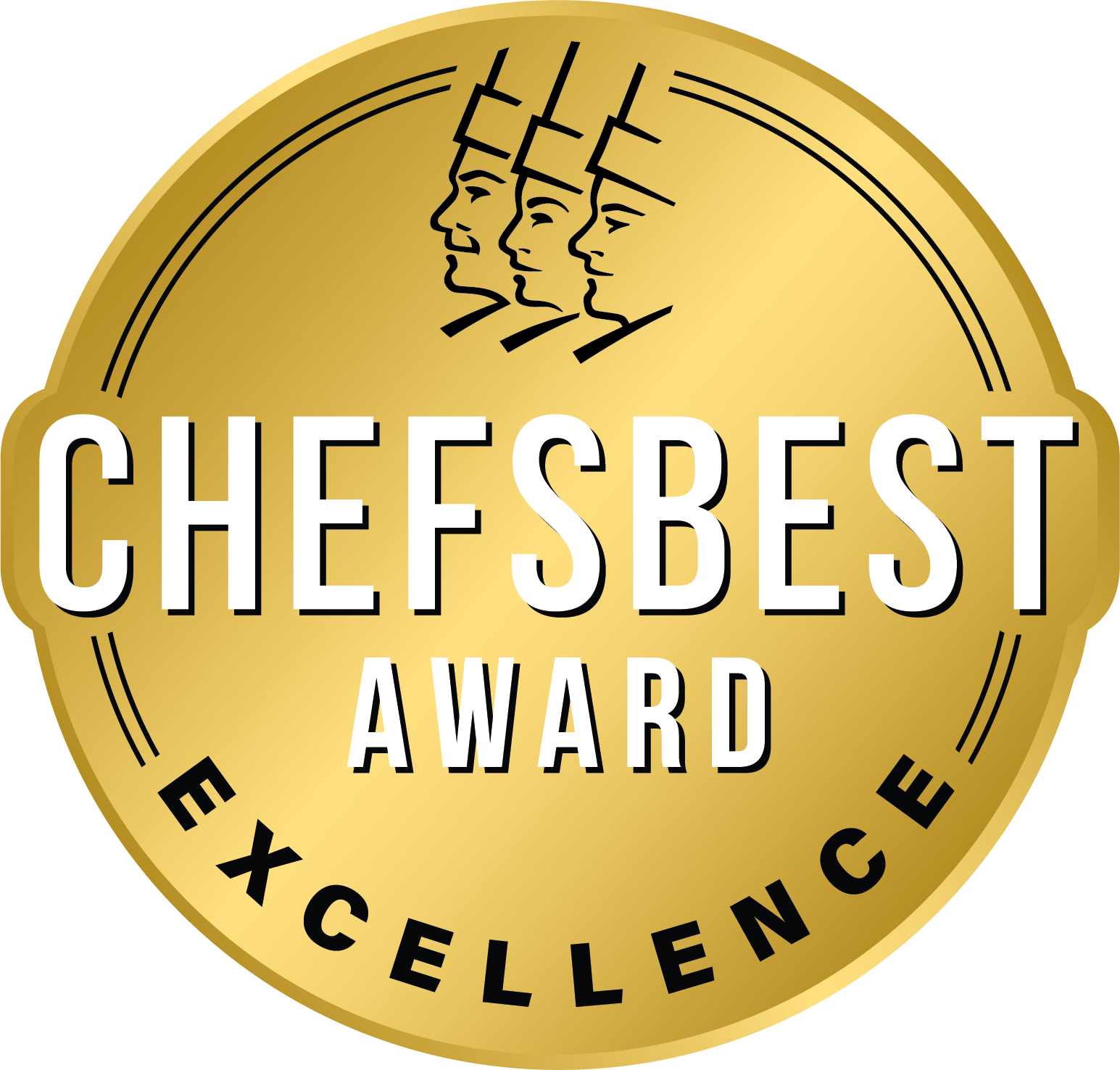Your Digital Playbook to Food Marketing

Your Digital Playbook to Food Marketing
Food and Beverage companies are challenged with competing in an evolving consumer marketplace where suspicion levels are high regarding taste, nutritional and ingredient claims. In this new world, consumers are also digitally connected 24/7, and increasingly receive information in bite sized chunks through various digital formats dominated by social channels; even mass or traditional media has taken to pushing their content through social channels as evidenced by broadcasters such as Steven Colbert receiving millions of YouTube views the day following the actual airing for his nightly broadcast. Further, consumers do not want to be “directly” marketed to, they want to be shown, educated and entertained, and their attention spans are…well, you get the idea.
Further, retailers are now demanding they bring digital food marketing strategies to their pitch meetings along with their novel packaging ideas. Negotiating shelf space is still critically important, but brand managers are also being asked to prove that they will influence consumer perception through digital channels beyond the shelf. Which begs the question, how will you prosper in this new world?
Here are 3 questions to ask when designing your digital food marketing strategy:
How do you intend to reach your audience?
Most brands have a low social following with weak social engagement. So, when content is produced, it often falls on deaf ears. This unfortunate circumstance is because for years actually talking about food was relatively boring—generic written recipes and photos of food don’t fill a 365/day content calendar. You will need fresh, compelling content that you can target to digital subgroups to reach and build your audiences.
Should You Produce Lifestyle Content vs. Something Else?
Attaching your brand to lifestyles has been the recipe for success in the areas of fashion and automotive for decades. It is hard, needs to be highly strategic, and requires a very long-term view to actually influence brand perception. Red Bull is of course the leader of this approach in food and beverage packaged goods. When is the last time you saw Red Bull talk about taste, or even caffeinated expectation? Instead, they have successfully chosen to attach their brand to extreme, high-energy activities understanding that the cool factor will carry their brand. Other brands that are capable of doing so by choosing to highlight the origination of their products and the compelling story behind them—a brand that showcases the fair trade farms they source from would be an example of this.
But this approach may not work for every brand.
Is Your Message Believable?
Our research indicates that taste still plays a major role in the decision processes of consumers, and particularly switching brands and coveted repurchasing. The ascent of celebrity chefs—including an entire TV channel dedicated to creating tasty meals—clearly indicates that there is an overwhelming desire to pursue quality taste in all avenues of consumption. Celebrity chefs bring with them a form of credibility. They also bring with them a hefty price tag for endorsement as well. Brands need to find a way to authentically communicate, via third party, the quality standing of their product so that, at the very least, consumers are curious about the consumption of high quality taste and more likely to purchase your product…assuming that it is of high quality taste.
